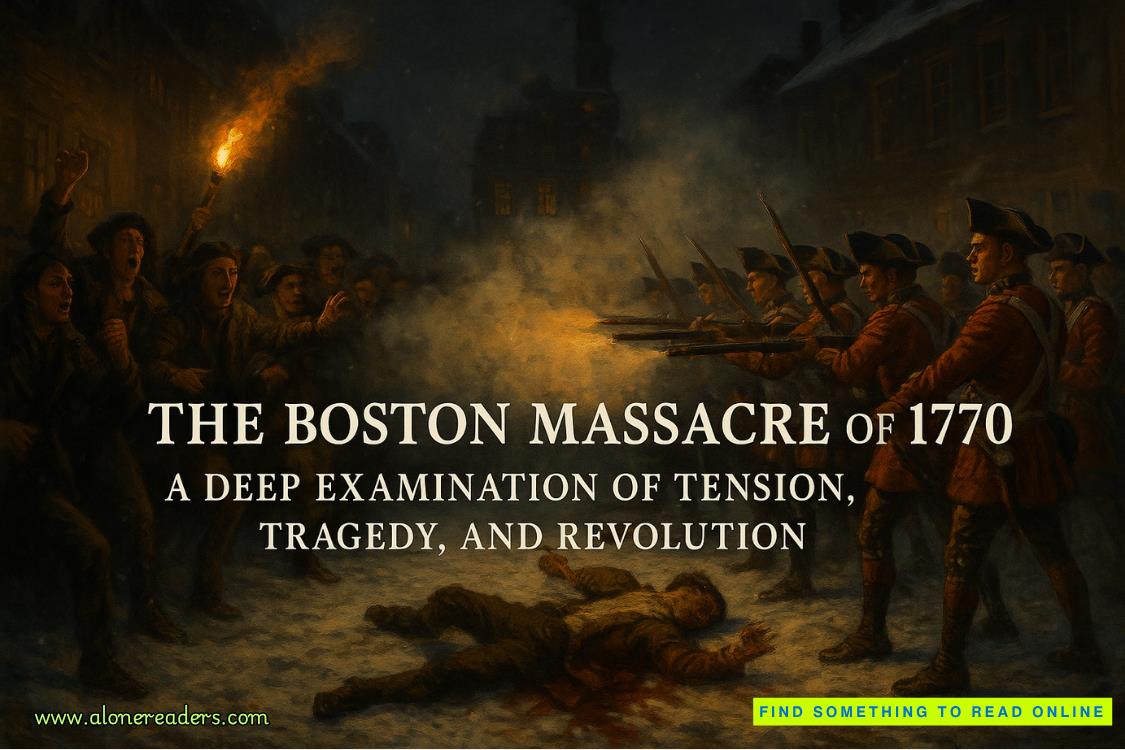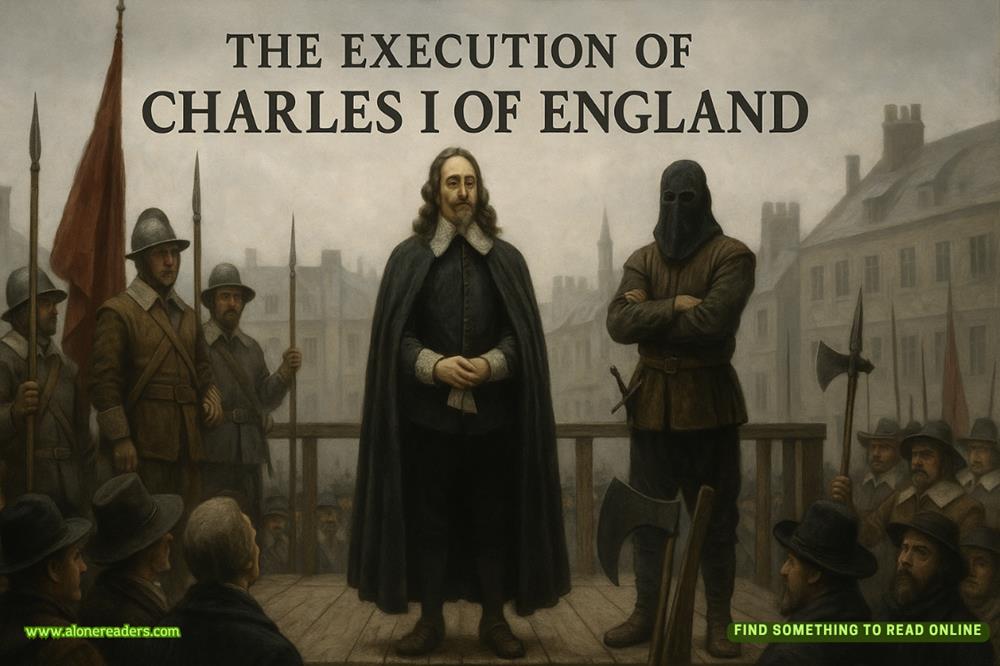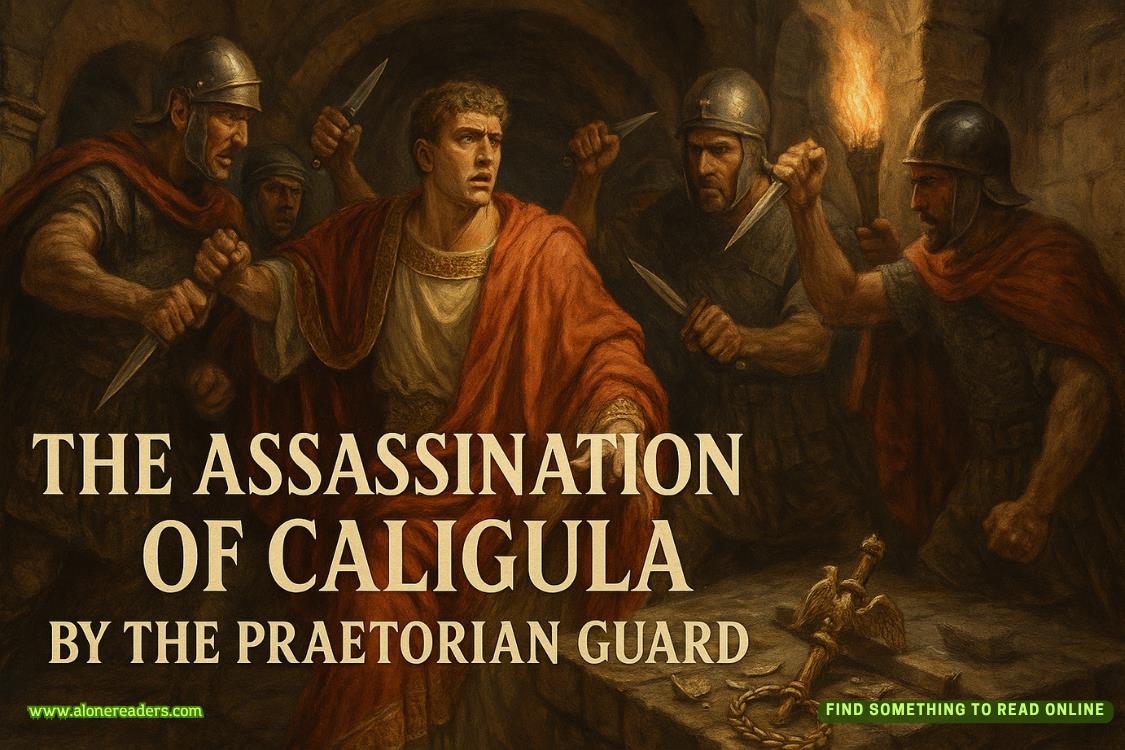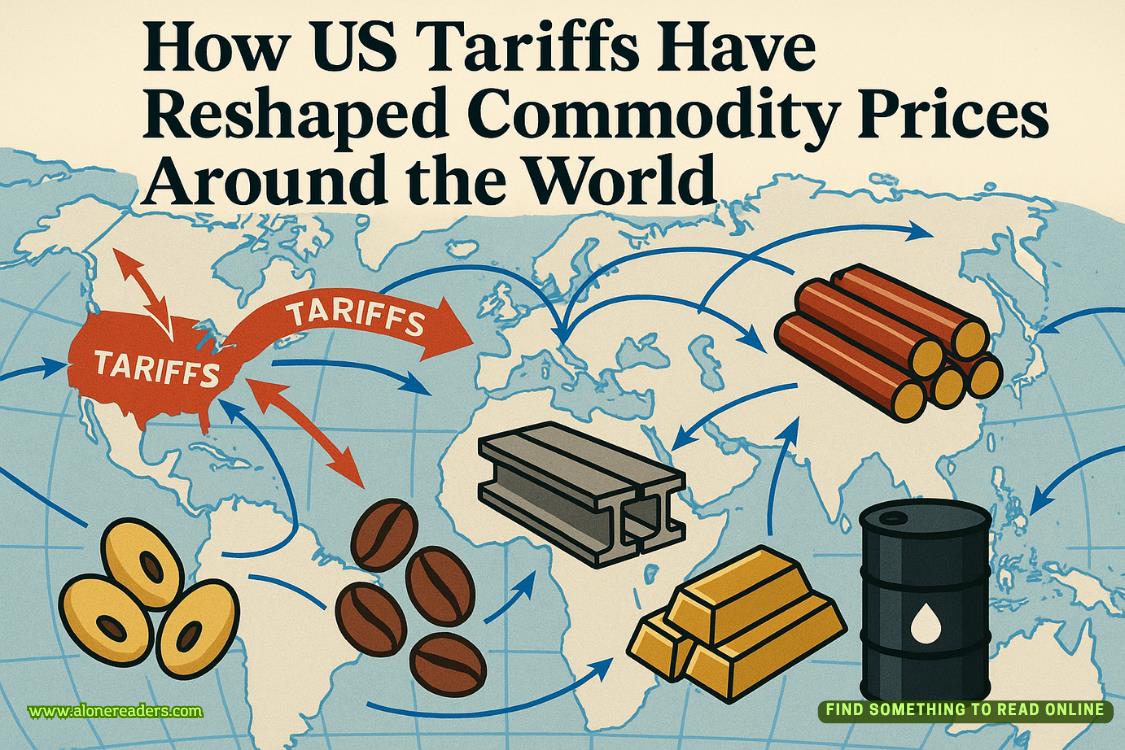Page 341 of DATE
She was skilled at understanding the psychology and needs of different groups, effortlessly clearing away many obstacles, making complex affairs flow as harmoniously as a symphony.
After the Code of Laws was announced, it created a massive stir, shocking all of Florence.
The tax laws were reformed, and contraceptive rights were granted!
How could this be possible?!
Could the Pope really agree to all of this?!
As it turned out, the Pope not only agreed but also helped by citing passages from the Bible to explain the entries.
The tax reforms pleased the vast majority of people—tithes were completely abolished, and the various fancy taxes previously used by the Papacy to drain the people’s wealth were burnedaway, allowing the merchant and business classes to grow and develop more freely.
However, the issue of contraception left people confused and conflicted.
Many women breathed a sigh of relief, but at the same time, they were uneasy.
Had they broken some moral contract? Would they be punished and sent to hell for this?
Before they could wait too long, groups of missionaries began to preach Protestantism, explaining the rationality of these reforms:
Children, too, were lives worthy of respect and protection.
To love one’s neighbor as oneself should also extend to loving one’s own children as oneself.
Blindly having children without ensuring proper care would only cause them suffering and harm, and this would ultimately result in repercussions for their parents.
Even for the sake of doing good deeds, people should not blindly produce too many children; this, in fact, was a respect for God and the Bible.
When Hedy made this decision, she had almost no hesitation.
She knew that the legalization of abortion was a complex and controversial issue, but at least when it came to contraception, women should have equal rights.
Their bodies belonged entirely to them.
In her previous life, Hedy did not want people to view her as a feminist.
She would not starve herself to fit into men's preferences, becoming as withered as a skeleton, nor did she hold any particular regard for the objectified past of her later years.
Yet, in her later life, she became a symbol for feminists—whom they considered her body exposure on screen a bold and self-assertive act, a quintessential feminist gesture.
The truth, however, was that her nude photo shoot at nineteen had been the result of manipulation and violent coercion by the director.
Having experienced countless wars and turmoil in her previous life, she remained cautious and avoidant when it came to picking sides.
Nevertheless, there was one event that deeply impacted her—Roe v. Wade.
For Americans, this case was like a second civil war.
The women's movement for abortion rights had been brewing since the early 20th century, finally reaching its peak in 1973, when the U.S. Supreme Court ruled 7-2 to affirm that women's right to abortion was protected under the Constitution.
Those who opposed abortion were vehement, seeing it as a disrespect for the life of the fetus.
The other side argued that women should have the right to make choices about their own bodies.
From Hedy's youth to her old age, this debate persisted, a tug-of-war that seemed like an endless struggle.
She witnessed countless debates, transitioning from a young girl to a married woman, raising children and experiencing marriage.















